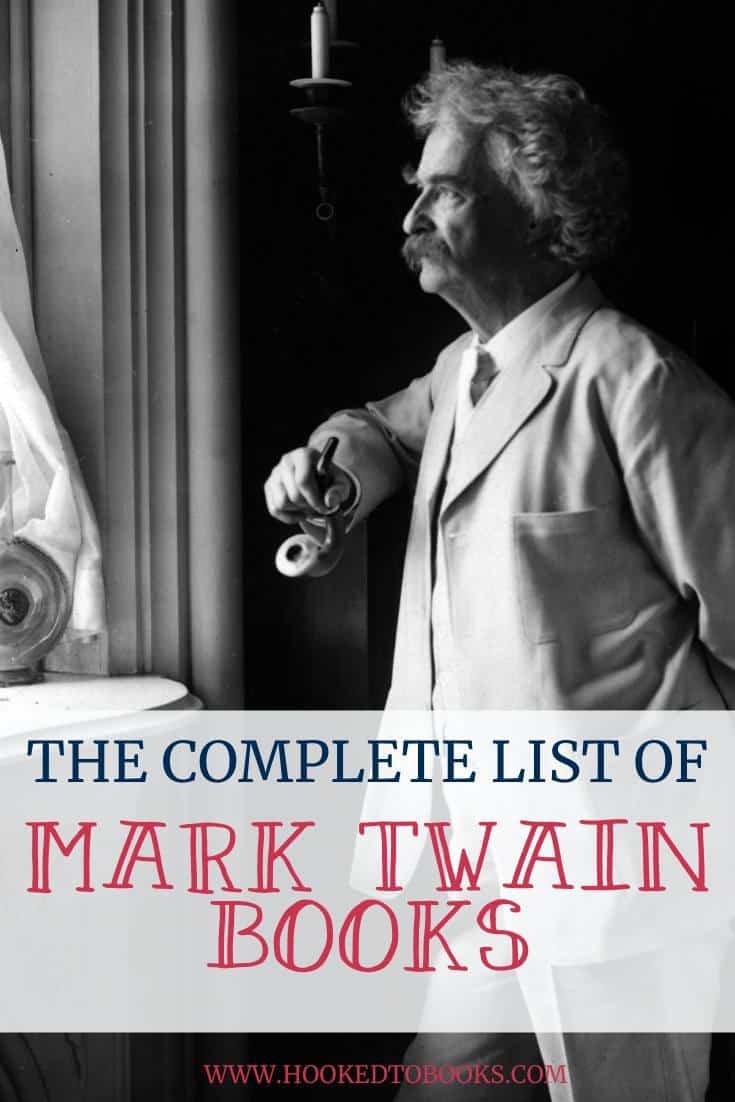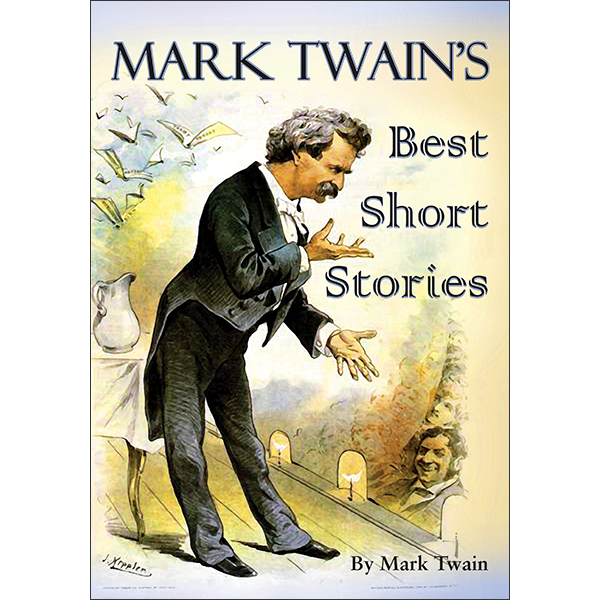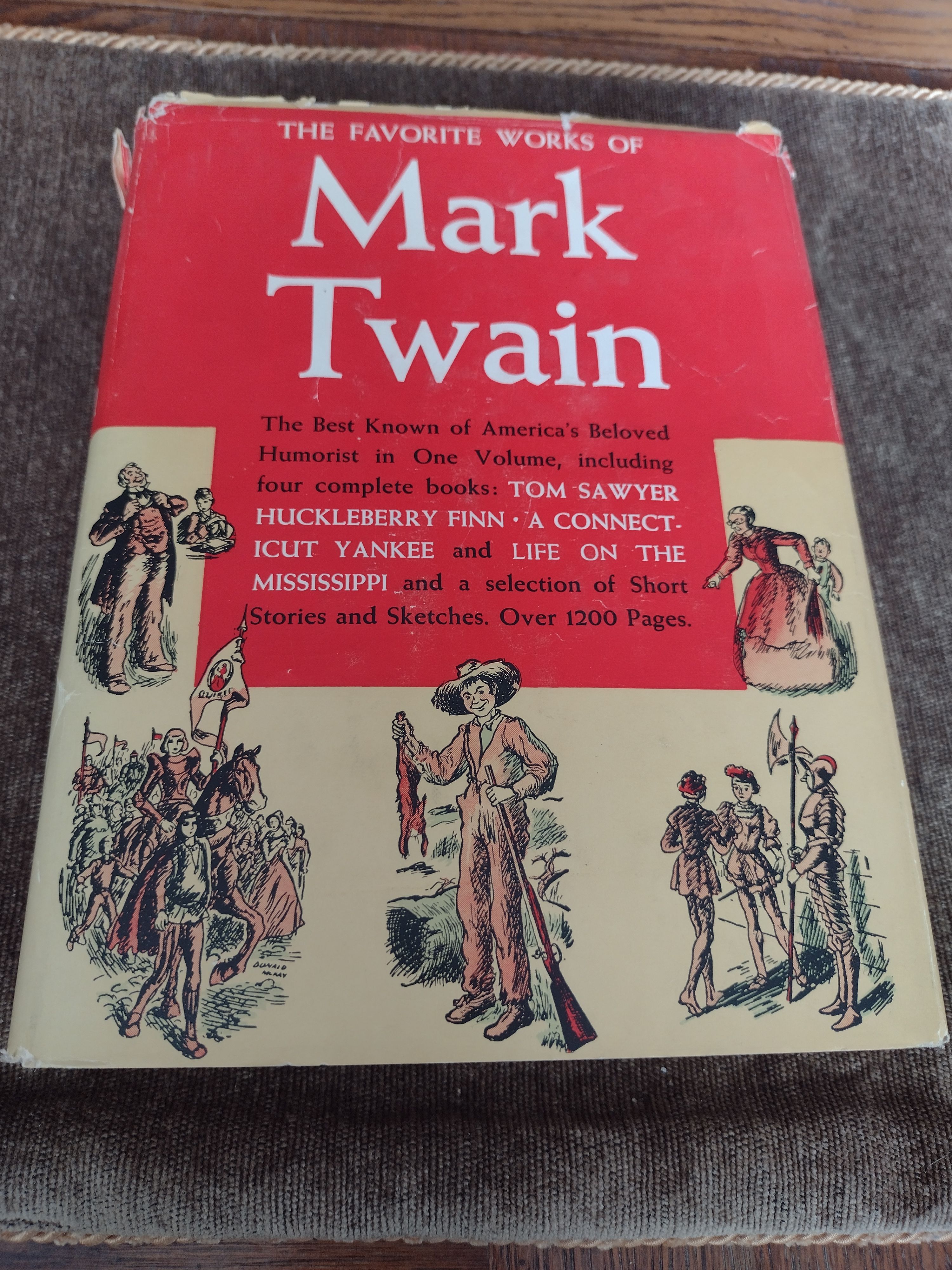Mark Twain Books: A Comprehensive Exploration

Mark Twain, the pen name of Samuel Langhorne Clemens, remains one of the most celebrated and influential figures in American literature. His works, characterized by their humor, satire, and insightful social commentary, continue to resonate with readers worldwide. This exploration delves into the vast landscape of Mark Twain’s literary contributions, examining his books, writing style, cultural impact, and enduring legacy. We will explore various aspects of Mark Twain’s life and work, drawing from diverse sources, including Lbibinders.org.

Mark Twain’s Literary Works: A Genre-Bending Legacy
Mark Twain’s body of work spans numerous genres, showcasing his versatility and mastery of language. His most famous novels, The Adventures of Tom Sawyer and Adventures of Huckleberry Finn, are cornerstones of American literature, exploring themes of childhood, freedom, and social injustice. Adventures of Huckleberry Finn, in particular, is often hailed as the “Great American Novel,” for its groundbreaking use of vernacular language and its unflinching portrayal of slavery and racism.

Beyond these classics, Twain’s bibliography is incredibly rich and varied. He produced works of satire, such as The Gilded Age, a sharp critique of post-Civil War American society; travelogues, including The Innocents Abroad, offering humorous observations of European and Middle Eastern culture; and short stories and essays, showcasing his wit and storytelling abilities. He even ventured into historical fiction with A Connecticut Yankee in King Arthur’s Court, a fantastical tale blending historical settings with social commentary. His autobiography, published posthumously, provides a fascinating glimpse into his personal life and creative process. His range extends to children’s literature, with books like The Prince and the Pauper, proving his ability to captivate readers of all ages.
Exploring Different Genres

Classic Fiction: Twain’s contribution to classic fiction is undeniable, with The Adventures of Tom Sawyer and Adventures of Huckleberry Finn solidifying his place among literary giants. These works, deeply embedded in American culture, transcend their time periods by exploring universal themes in a distinctively American voice. They are frequently studied in classrooms, adapted for various media, and continue to inspire new generations of writers and readers.
Satire: Twain’s satirical works, such as The Gilded Age, provide sharp critiques of societal ills. He masterfully uses humor and irony to expose hypocrisy and corruption, making his social commentary both entertaining and thought-provoking. His satirical pieces often act as a mirror reflecting the society of his time, making them relevant even today.
Travelogues: Twain’s travel writing stands out for its unique blend of factual reporting and humorous observations. The Innocents Abroad is a prime example, blending detailed accounts of his journey with witty commentary on the people and places he encounters. His travelogues are not merely accounts of journeys; they are insightful explorations of human nature and cultural differences.
Short Stories and Essays: Many of Twain’s shorter works are just as powerful and enduring as his novels. His short stories and essays display his unparalleled ability to craft compelling narratives, often infused with his signature humor and memorable characters. These works showcase his range and his ability to connect with readers through brief yet impactful stories.
Mark Twain: The Author and His Craft
Mark Twain’s writing style is as distinctive as his personality. He employed a colloquial, conversational tone, often incorporating dialect and vernacular language to capture the authentic voice of his characters and settings. His mastery of humor is legendary, ranging from gentle irony and witty wordplay to biting satire and social commentary.
Twain’s Distinctive Style
Vernacular Language: Twain’s use of vernacular language revolutionized American literature. By employing the speech patterns and dialects of everyday people, especially those from the American South and West, he created characters that felt real and relatable. This approach, while sometimes criticized, was crucial in establishing an authentically American literary voice.
Humor and Satire: Twain’s humor is a key element of his appeal. He seamlessly blends wit, irony, and satire to create works that are both funny and thought-provoking. His humor served not just to entertain but also to deliver potent social commentary, often critiquing the powerful and the privileged.
Character Development: Twain’s ability to create memorable and relatable characters is unparalleled. Whether it’s the mischievous Tom Sawyer, the thoughtful Huckleberry Finn, or the complex figures in his satirical novels, his characters have a depth and authenticity that make them last.
Social Commentary: While his humor is entertaining, Twain’s writings always carry a deeper meaning, often critiquing societal norms and injustices. He fearlessly tackled issues like slavery, racism, and imperialism, challenging readers to reflect on the shortcomings of their societies.
Mark Twain’s Cultural Impact: An Enduring Legacy
Mark Twain’s influence on American literature and culture is immeasurable. He is considered the father of American literature, establishing a distinctly American literary voice that moved away from European models. His works have been translated into numerous languages, adapted for stage and screen, and continue to inspire writers and artists.
Twain’s Enduring Influence
Literary Influence: Twain’s impact on subsequent writers is profound. His use of vernacular language, his satirical techniques, and his memorable characters have influenced generations of authors. His works have become models for countless writers attempting to capture the complexities of the American experience.
Adaptations: Twain’s works have inspired countless adaptations in film, theatre, and other media, demonstrating their enduring appeal and relevance. These adaptations show how his stories can be reinterpreted for new audiences, maintaining their power and emotional resonance.
Awards and Recognition: Twain’s literary achievements have earned him numerous awards and accolades, solidifying his place as a literary icon. His works continue to be honored and studied, showcasing their lasting value and influence.
Communities and Fandom: The enduring popularity of Mark Twain’s works has given rise to dedicated communities and fan bases that celebrate and discuss his legacy. These communities foster intellectual engagement with his works and ensure the continuation of his influence on literature and culture.
Exploring Mark Twain Further: Resources and Beyond
To delve deeper into the world of Mark Twain, numerous resources are available. Scholarly works offer in-depth analysis of his writing and its historical context. The Mark Twain Project at the University of California, Berkeley, provides access to a wealth of primary source materials. Lbibinders.org and other online platforms offer further information on Mark Twain’s books, biographies, critical analyses, and adaptations to various media.
This exploration serves as a starting point for a lifelong journey into the rich and multifaceted world of Mark Twain. His books are more than just stories; they are reflections of a nation’s history, a critique of its flaws, and a celebration of its enduring spirit. The legacy of Mark Twain continues to inspire, challenge, and delight readers of all generations.